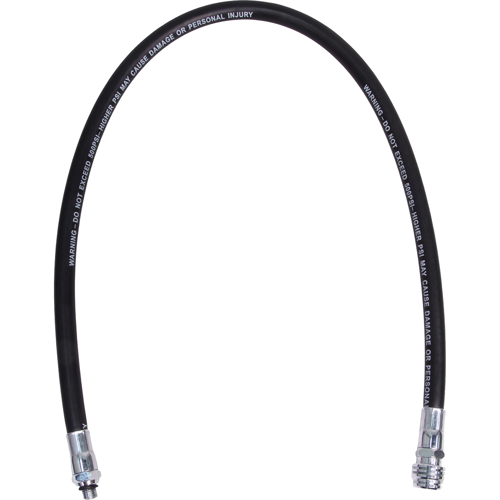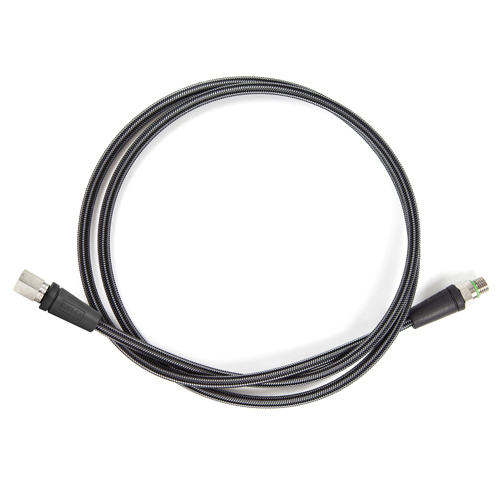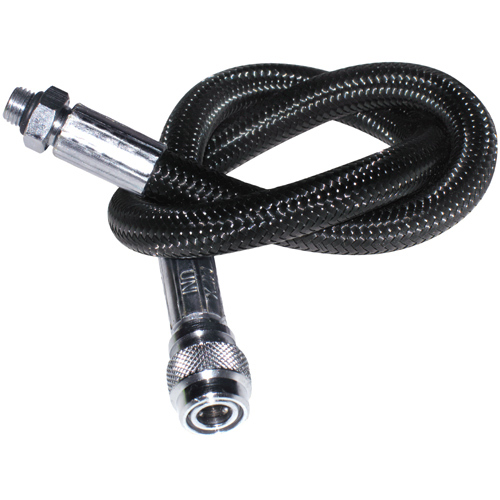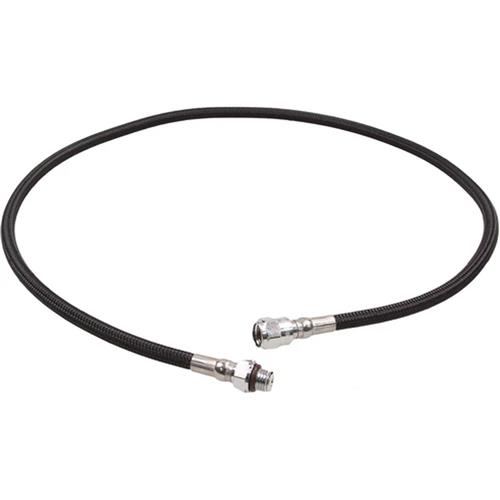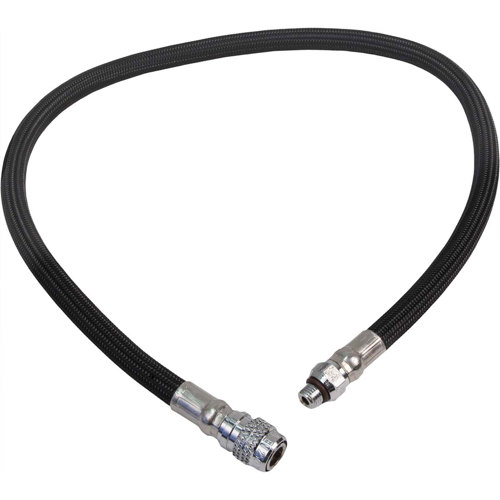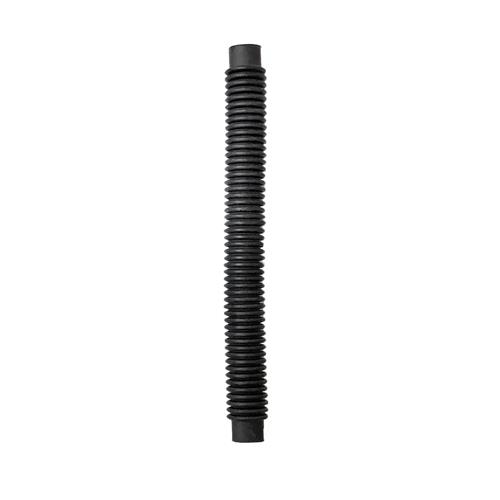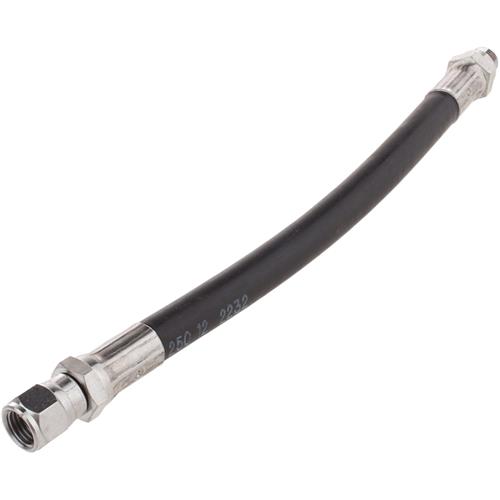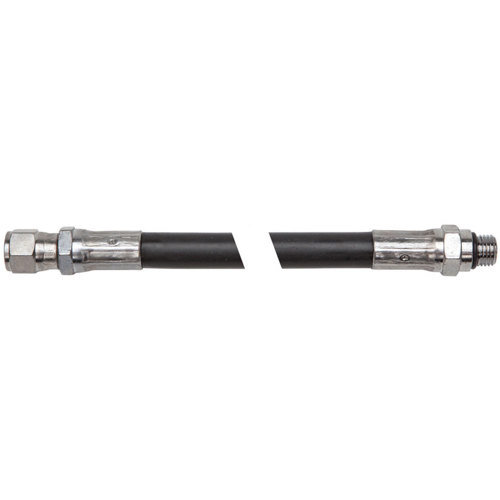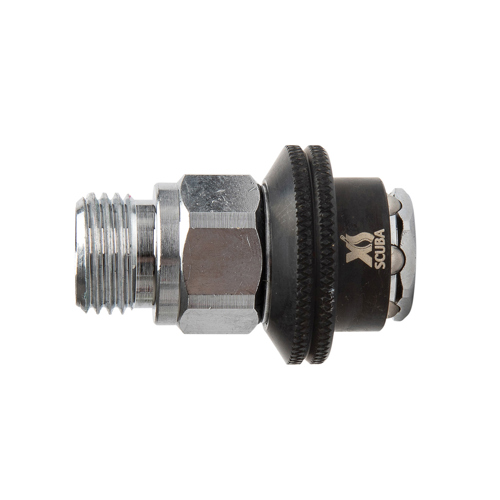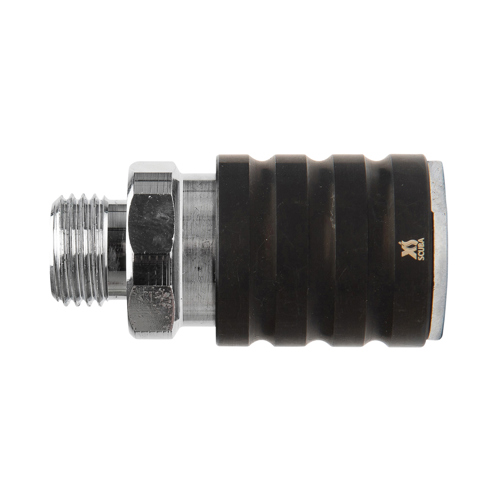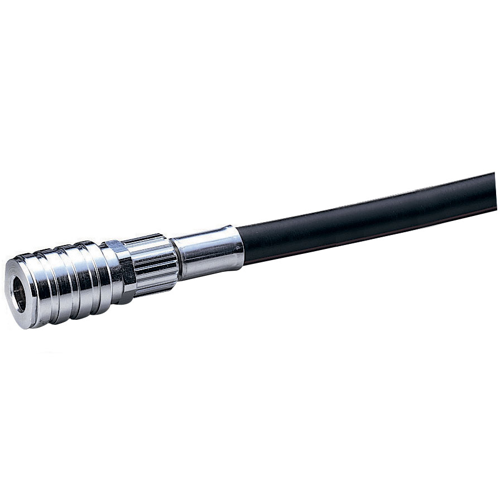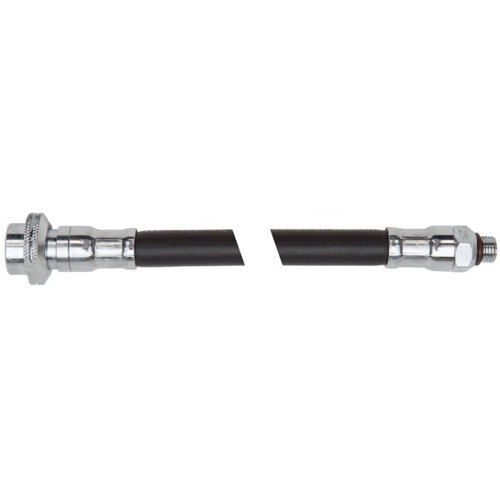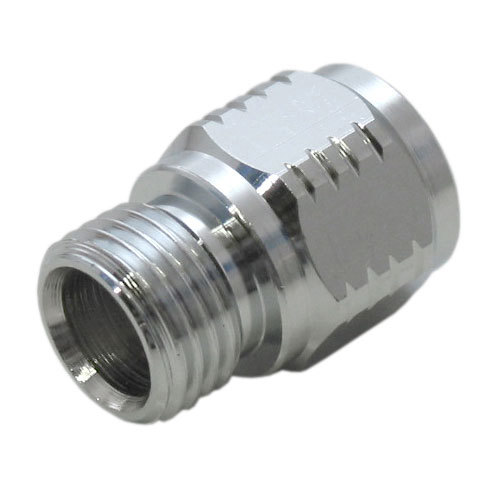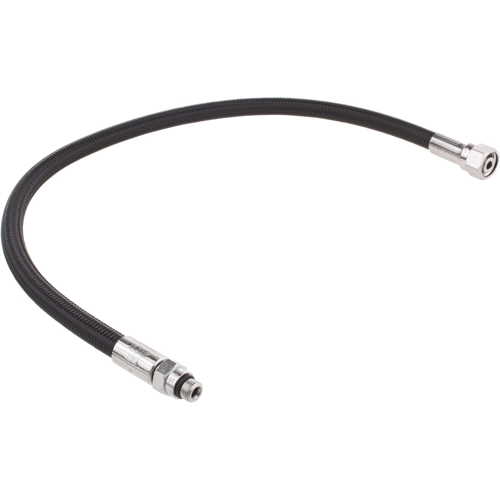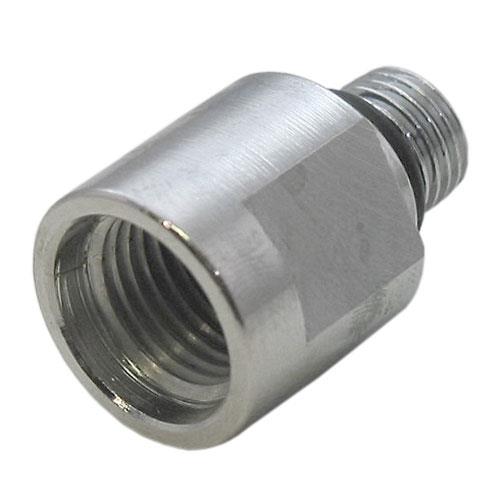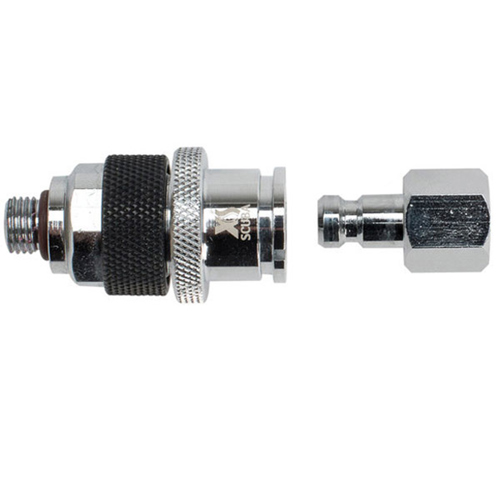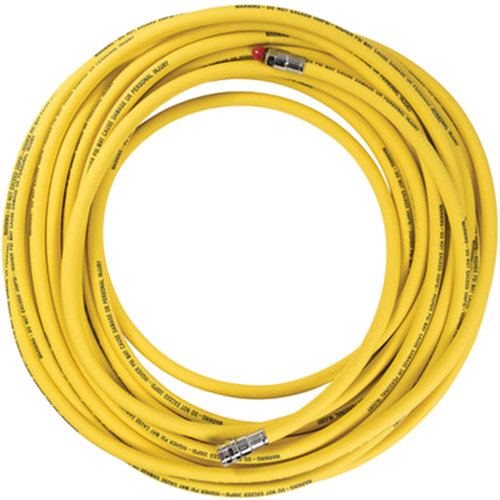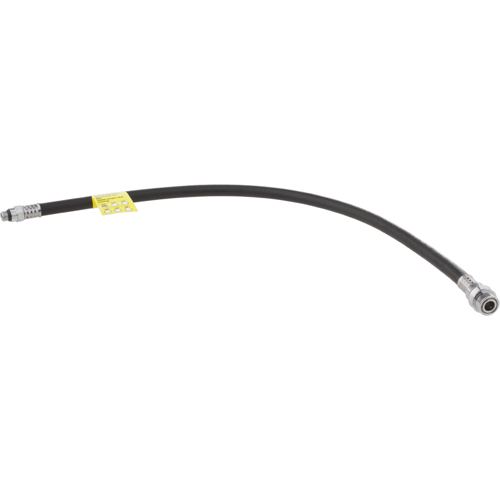When it comes to organizing your dive kit for maximum convenience and comfort, the right scuba hoses can make all the difference between a smooth, enjoyable underwater experience and a tangled, frustrating one. As summer reaches its peak in August, divers are flocking to coastal destinations, exploring vibrant reefs, kelp forests, and shipwrecks. Whether you’re a seasoned diver prepping for a liveaboard adventure or a newer enthusiast gearing up for your first local shore dive, having reliable, well-chosen hoses is essential for both safety and ease of use. The right hose setup streamlines your rig, reduces drag, and helps prevent snagging on gear or marine life, which is especially important in environments with dense vegetation or confined spaces. Many divers recall the first time they switched from standard-length hoses to a more custom configuration—suddenly, reaching alternate air sources or adjusting your buoyancy compensator became second nature, and the whole kit felt lighter and more manageable. This attention to detail in your gear setup not only enhances your comfort but also boosts your confidence, allowing you to focus on the wonders beneath the surface rather than on your equipment.
Scuba hoses are a thoughtful upgrade for anyone looking to personalize their rig, and they make a practical gift for dive buddies, instructors, or family members who are passionate about the sport. For those who travel frequently, lightweight and flexible hoses can help minimize bulk in luggage and simplify packing, while technical divers often appreciate the ability to customize hose lengths to suit specific configurations, such as side-mount or twin-set setups. Even recreational divers benefit from swapping out older, stiffer hoses for newer, more supple versions that resist kinking and are easier to route along the body. During busy dive seasons, it’s not uncommon to see groups of friends at the dive shop, comparing notes on which hose lengths work best for their style of diving—some prefer the classic setup for recreational outings, while others opt for longer hoses for buddy breathing drills or overhead environments. The variety of colors and materials available also allows divers to color-code their rigs for quick identification and personal flair, which can be especially helpful on crowded boats or during group dives.
When selecting hoses, consider the type of diving you do most often, the configuration of your first and second stage regulators, and the compatibility with your buoyancy compensator or drysuit inflator. High-quality hoses are built to withstand the rigors of saltwater, sun exposure, and repeated use, ensuring consistent performance and longevity. For divers who are meticulous about their gear, routine inspection and timely replacement of hoses is part of the ritual—checking for signs of wear, cracking, or corrosion before each trip. If you’re upgrading your setup or building a new rig from scratch, don’t overlook the importance of specialized hoses for your BC; you can find a variety of options tailored for different inflator mechanisms on our
Scuba Bc Hoses page. Whether you’re fine-tuning your rig for the warm-water dives of late summer or looking ahead to cooler, deeper adventures, investing in the right hoses is a small change that brings lasting benefits, making every descent safer, more comfortable, and more enjoyable.



